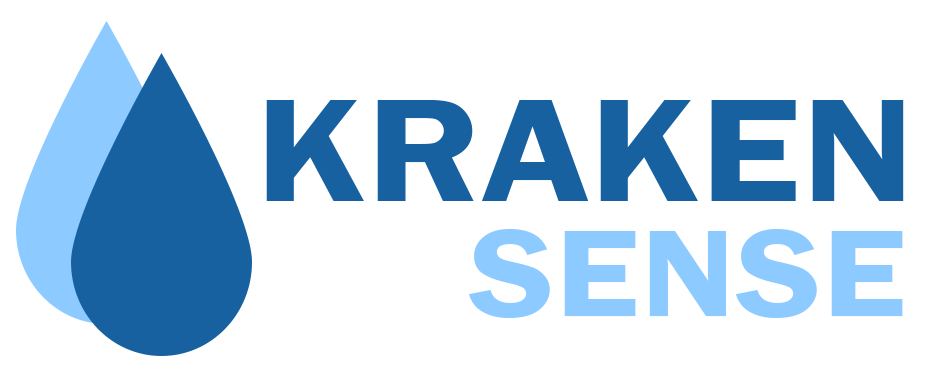Real-Time Monitoring of Norovirus GII (ORF1-2 junction) in School and Cruise Ship Environments
Norovirus GII is infamous for triggering rapid and disruptive outbreaks, particularly in densely populated or semi-enclosed environments like schools, cruise ships, nursing homes, and correctional facilities. Its ability to spread via food, surfaces, aerosols, and even shared spaces makes it one of the most contagious pathogens. The ORF1-2 junction of the Norovirus GII genome is a stable and highly specific molecular target for detection. Kraken Sense enables real-time monitoring of these environments, allowing for swift intervention before an outbreak grows.
Why Norovirus GII Matters
Norovirus GII is a major cause of gastroenteritis worldwide, responsible for hundreds of millions of infections annually. Its low infectious dose—as few as 18 viral particles—combined with environmental resilience means it spreads quickly and can persist on surfaces for up to two weeks. In group settings such as cruise ships or dormitories, outbreaks can impact a majority of residents in a matter of days.
The virus spreads primarily through the fecal-oral route but can also be transmitted by touching contaminated surfaces or breathing aerosolized particles released during vomiting episodes. The pathogen is resistant to many common disinfectants and can remain viable on surfaces like doorknobs, railings, and tabletops for extended periods. This means a single infected individual can unwittingly cause a full-blown outbreak.
Symptoms include nausea, vomiting, diarrhea, and stomach cramps, which usually begin within 12 to 48 hours after exposure and last for 1 to 3 days. For vulnerable populations, such as children, seniors, or those with compromised immune systems, dehydration and hospitalization may be required. The psychological toll of an outbreak can be significant, with fear, isolation, and stigma adding to physical discomfort. Facilities often face operational challenges, such as staff shortages, bad publicity, and intensified inspections from health authorities.
Kraken Sense in Action
Kraken Sense continuously samples restrooms, kitchens, water supplies, and air handling systems in facilities at risk for viral contamination. By targeting the ORF1-2 junction, Kraken Sense accurately identifies Norovirus GII with results in about an hour. The system sends alerts to health teams and sanitation staff for timely, evidence-based action.
While Kraken Sense’s role in detection is pivotal, its broader value lies in prevention. By continuously monitoring high-risk environments, operators can detect viral presence before widespread symptoms occur. This early insight enables targeted sanitation, staff training, and communication protocols, which are essential for containment.
